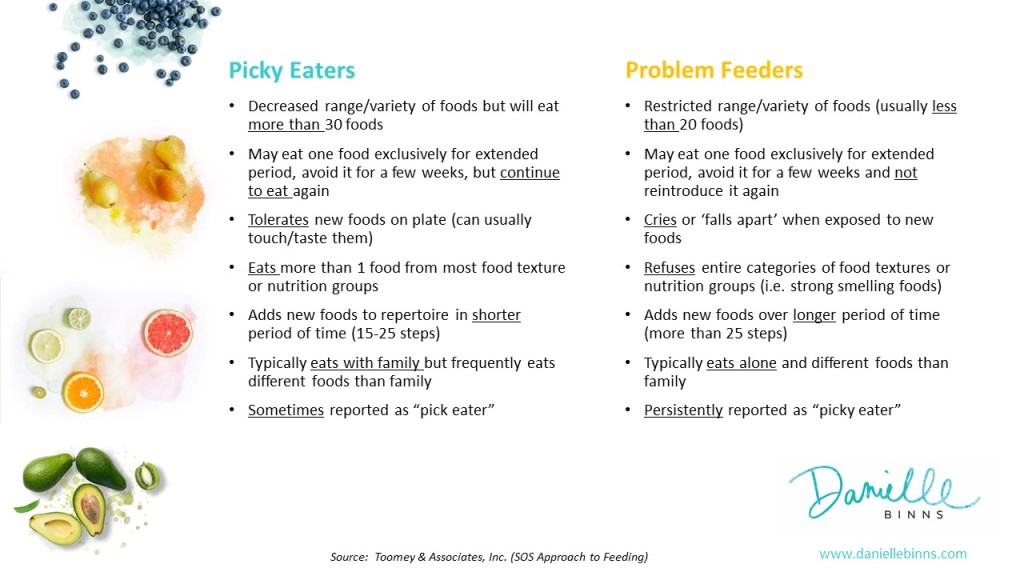Let me just say that I don’t love labelling our kids in any way, especially not as “picky eaters” (or other unspoken names I feel like throwing out when they drive me crazy!). Here’s why:
- If they hear us call them “picky eaters“, they may view themselves as “picky” and the self-fullfilling prophecy begins. No thanks! I prefer not to be the reason they eat poorly or feed into their behaviour.
- “Picky Eating” is thrown around a lot and often in the wrong context. The spectrum of eating behaviours is wide, and that’s the reason for this post.
That said, I’m totally fine with using the term behind closed doors and inboxes. Because “picky eating” is something parents understand and can relate too.
So for the purposes of my emails, blog posts and other tools I use to provide parents with simple strategies, I will use “picky eating” (just cover your child’s eyes and ears if they are next to you right now).
Picky Eating is a “thing”
“Picky Eating” is a term freely used by parents, especially for children between the ages of 1 and 4. And as soon as we label our little ones with these two words, we put a lot of stress on ourselves worrying why they eat so poorly, or whether they are getting ‘enough’.
But why stress ourselves out if we really don’t have to!
Here’s the thing…
Children at this age are being finicky over food because they are supposed to! Yup, ‘picky eating’ is a thing for most children, just like sleep regression and peeing the bed. It’s most often just a phase that correlates with developmental changes involving the need to express their independence.
THEY want to decide who puts them to bed, what clothes they wear, AND which foods they eat. Unfortunately for parents, mealtimes is often the place where kids can easily exercise their desire for control. Hence, they will put up a fight for the PB & J sandwich or to eat dinner with Paw Patrol on the iPad.
Research shows that 3 in 4 children grow out of picky eating, if we give them the proper tools and mealtime environment to do so.
Then there are “Problem Eaters”
This is another category of children who take “picky eating” to another level. And not to spite their parents. Sienna, my eldest, was one of these children and the struggle for parents is very real.
“Problem Eaters” are incredibly selective with their food choices, often as a result of other underlying challenges – for example sensory issues (i.e. have a tough time with textures, smells, sitting still, etc) or oral-motor delays (i.e. chewing deficiencies, low muscle tone, etc).
While most picky eaters grow out of the “I only eat white stuff” phase and start eating their broccoli with the right techniques from parents, Problem Eaters/Feeders, benefit from more handholding and a broader support network to move them in the right direction.
According to the Feeding Matters website, up to 45% of typically developing children experience feeding challenges. So there are many parents like me out there, likely reading this who are as concerned (and stumped) as I was at mealtimes.
Is your child a picky eater or a problem eater?
Let’s take a deeper dive and figure out what defines a “picky eater” vs. a “problem eater”.
Wherever your child falls, know that there are solutions and a ton of resources to support you. Also, know that you are not alone – not even close! Research shows that 36% of mothers with 3-year-olds are stressed out about their child’s eating. And again 45% of kids experience feeding challenges in some capacity.
From one mom/parent to another, know that it gets better with a few simple changes: in your routine, your approach to meals, the types of foods offered and how they are offered.
Find out what these simple strategies are in my upcoming Free Webinar and Free Picky/Healthy Eater Challenge (which runs 3x a year). Until then, I hope this helps!






